Rockwell B-1B Lancer USAF
Production Time 9 to 10 weeks
Shipment is by FedEx, UPS or DHL International Express Courier with a normal door-to-door delivery time worldwide of within 2-3 business days after dispatch. Due to the current volatility of world fuel prices, the amount mentioned here is our best estimate for DHL and UPS and may be subject to change at the time of shipping.

Model Description: Rockwell B-1B Lancer USAF Wood Replica Scale Custom Jet Model
Manufacturer: Rockwell
Wingspan: 16 Inches (40.6 Centimeters)
Height: 4 Inches (10.2 Centimeters)
Scale: 1:103
$239.50
Production Time 9 to 10 weeks
-
United States dollar ($)
-
Pound sterling (£)
-
Euro (€)
-
Australian dollar ($)
-
Canadian dollar ($)
-
Singapore dollar ($)
-
Swiss franc (CHF)
-
Japanese yen (¥)
-
Danish krone (kr.)
-
Hong Kong dollar ($)
-
Norwegian krone (kr)
-
Swedish krona (kr)
-
United Arab Emirates dirham (د.إ)
General Product Description
Our PlaneArt Rockwell B-1B Lancer USAF model exhibits unique, unrivaled quality and detailed design to come as close as possible to the accuracy of the actual plane. It comes as standard with a robust, durable base or stand which is available in a variety of different finishes designed to match your own personal requirements including solid wood, wood with polished metal supports or adjustable wood wall mount and will be ready within about 9-10 weeks from placement of order.
The Rockwell B-1B Lancer USAF model is made of the finest kiln dried renewable mahogany wood (commonly known as Lauan or Meranti) which has undergone many stages of carving and meticulous and careful sanding giving the beautiful, finished museum quality masterpiece. Many collectors and model connoisseurs demonstrate their preference for genuine handmade and hand painted mahogany wood models rather than plastic or die cast (diecast) alternatives due to the overall look and totally different feel of the item - we trust you will find the same. We can however, if required produce the same model in Solid Cast Resin so just click and contact us for further information. Our craftsmen and gifted artisans ensure that our finely handcrafted model airplanes match the precise blueprint details of the original aircraft. The paint scheme, markings and parts are closely matched, reflecting the original aircraft. This stylish top-quality desktop replica model will surely enthrall anyone who receives this as a gift and for sure one of the most appropriate and desirably collectable gifts for any aviation enthusiast or avid military jet aircraft collector whilst also displaying a perfect resemblance to the actual real life version.
There are many types of military jet aircraft, but the basic types are bombers, fighters, fighter bombers, spotter planes, transporters, patrol aircraft, trainers, and reconnaissance and observation aircraft. All these types of aircraft are used for different types of missions. If you're a fan of historic or present-day military aviation, our model aircraft will bring the excitement and character of these aircraft right into your own home.
If you require, we can also make the Rockwell B-1B Lancer USAF model in any other military, government or even private livery or colour scheme you require and if necessary, in a different size or scale. Just click here to contact us with a description or photographs of what you require, and we will let you have a quotation for the necessary customization by return email. We can also make bespoke scale replicas of any other private / civil commercial airliner or airliners, helicopter, glider, gliders with engines, military propeller, warplane jets, biplane, triplane, tail fin, spacecraft, rocket or NASA model you require in any airline, military or civilian livery or colors. We also produce model airships, blimps, dirigibles, blimps, boats, and ship collectibles. Wall plaque or seal for military, government or private customers. Again, by clicking here to contact us just let us know exactly what you need.
As you may or may not be aware the trade name and copyright permissions for this Rockwell aircraft are now under the ownership of the Boeing Company and as such, we are proud to be one of the very few international and fully licensed manufacturers of Boeing solid mahogany wood models. You may be interested to read more about the fascinating background to the famous aviation names now under the Boeing umbrella by clicking on the following “Officially Licensed Product” image below:
The Rockwell B-1B Lancer: Pinnacle of USAF Strategic Bomber Evolution
The Rockwell B-1B Lancer, a supersonic variable-sweep wing bomber, represents a key component in the United States Air Force’s long-range strike arsenal. Often referred to simply as the “Bone,” a play on “B-One,” the B-1B was developed to replace the older B-52 Stratofortress in the nuclear deterrent role during the Cold War. Since its introduction to the USAF in the mid-1980s, the Lancer has transitioned to a conventional mission profile, demonstrating its versatility and continued relevance in modern warfare.
Development and Design:
Originally developed by Rockwell International, the B-1B’s design process began in the 1970s, responding to the need for a platform capable of delivering both nuclear and conventional munitions. The aircraft is notable for its blend of high-speed performance and substantial payload capacity. Unlike its predecessor, the B-1A, the B-1B traded some speed for improved stealth capabilities, reduced radar signature, and greater range.
The design includes several distinctive features:
- Variable-sweep wings: These allow the aircraft to optimize aerodynamic efficiency across a broad range of speeds and altitudes.
- Advanced avionics: Including radar, navigation, and communication systems integrated to enhance mission effectiveness.
- Large payload: The B-1B can carry a significant arsenal, including precision-guided bombs, cruise missiles, and electronic warfare equipment.
Operational History:
The B-1B entered service in 1986, with initial units delivered to Dyess Air Force Base in Texas. Though its introduction was fraught with political and technical challenges, the Lancer soon proved its worth. Its operational history includes key roles in several conflicts, from Operation Desert Fox in Iraq (1998) to more recent engagements in Afghanistan and against ISIS.
During these conflicts, the B-1B has been used primarily in a conventional bombing role, deploying a range of munitions from gravity bombs to sophisticated guided missiles. Its capability to fly at high subsonic speeds and low altitudes enables it to penetrate enemy defenses, while its heavy payload ensures it can strike multiple targets in a single sortie.
Modernization and Future:
Despite its age, the B-1B has undergone numerous upgrades to keep it relevant. These enhancements include improvements in precision navigation, new communications systems, and the integration of modern weapons systems. Notably, the Long Range Anti-Ship Missile (LRASM) has been added to its arsenal, enhancing its role in maritime strike operations.
The future of the B-1B, however, is finite. The USAF plans to phase out the Lancer as part of its bomber fleet modernization strategy, which includes the introduction of the new B-21 Raider. Expected to retire by the 2030s, the B-1B continues to serve as a bridge to future technologies while remaining a formidable force in global air power.
Conclusion:
The Rockwell B-1B Lancer has not only served as a cornerstone of strategic bombing for the USAF but has also demonstrated the enduring value of adaptability in military technology. As it makes way for newer, stealthier, and more technologically advanced bombers, the B-1B leaves behind a legacy of significant contributions to the United States’ military capabilities, symbolizing an era of strategic evolution and power projection.
| Weight | 6 kg |
|---|---|
| Dimensions | 17 × 16 × 4 in |
Be the first to review “Rockwell B-1B Lancer USAF” Cancel reply
Similar Models
Tail Shields & Flashes, Plaques & Seals
Helicopters
Military Airplanes - Propeller
Military Airplanes - Jet
Military Airplanes - Propeller
Military Airplanes - Propeller
Military Airplanes - Jet
Military Airplanes - Jet
Military Airplanes - Jet
Military Airplanes - Jet
Military Airplanes - Jet
Military Airplanes - Jet
Military Airplanes - Jet
Military Airplanes - Jet
Military Airplanes - Propeller
Military Airplanes - Propeller
Helicopters
Helicopters
Helicopters
Helicopters
Helicopters
Military Airplanes - Jet
Military Airplanes - Jet
Military Airplanes - Jet
Military Airplanes - Jet
Military Airplanes - Jet
Military Airplanes - Jet
Military Airplanes - Jet
Tail Shields & Flashes, Plaques & Seals
Military Airplanes - Jet
Military Airplanes - Jet
Military Airplanes - Jet
Military Airplanes - Jet
Military Airplanes - Jet
Military Airplanes - Jet
Military Airplanes - Jet
Military Airplanes - Jet
Military Airplanes - Jet
Military Airplanes - Jet
Lockheed Martin F-16 USAF Stubby Chubby Pudgy Dumpy Version 2
Military Airplanes - Jet
Military Airplanes - Jet
Military Airplanes - Propeller
Military Airplanes - Propeller
Military Airplanes - Propeller
Military Airplanes - Jet
Military Airplanes - Jet
Military Airplanes - Jet
Military Airplanes - Jet
Military Airplanes - Propeller
Military Airplanes - Propeller
Military Airplanes - Propeller
Military Airplanes - Propeller
Military Airplanes - Propeller
Military Airplanes - Jet
Helicopters
Helicopters
Military Airplanes - Jet
Military Airplanes - Jet
Military Airplanes - Jet
Military Airplanes - Jet
Military Airplanes - Jet
Military Airplanes - Jet
Military Airplanes - Jet
Military Airplanes - Jet
Military Airplanes - Jet
Military Airplanes - Jet
Military Airplanes - Jet
Military Airplanes - Propeller
Military Airplanes - Jet
Military Airplanes - Jet
Fairchild Republic A-10 Thunderbolt USAF II Flying Razorbacks
Military Airplanes - Jet
Military Airplanes - Propeller
Military Airplanes - Jet
Military Airplanes - Propeller
Military Airplanes - Propeller
Military Airplanes - Propeller
Military Airplanes - Propeller
Private & Civilian
Military Airplanes - Jet
Military Airplanes - Jet
Military Airplanes - Propeller
Military Airplanes - Propeller
Military Airplanes - Propeller
Military Airplanes - Propeller
Military Airplanes - Jet
Military Airplanes - Jet
Military Airplanes - Jet
Military Airplanes - Jet
Military Airplanes - Jet
Military Airplanes - Jet
Tail Shields & Flashes, Plaques & Seals
Military Airplanes - Jet
Military Airplanes - Jet
Military Airplanes - Jet
Military Airplanes - Propeller
Military Airplanes - Propeller
Military Airplanes - Propeller
Military Airplanes - Propeller
Military Airplanes - Propeller


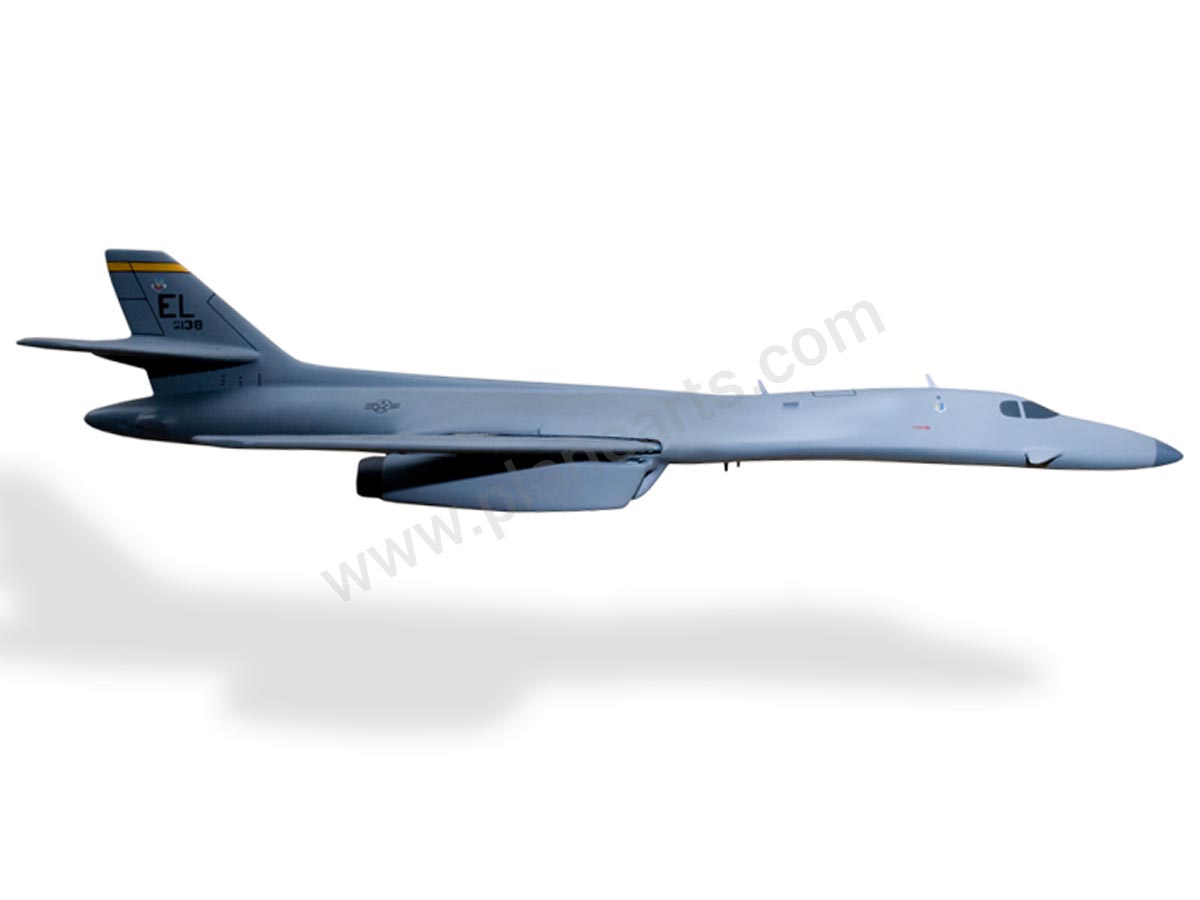
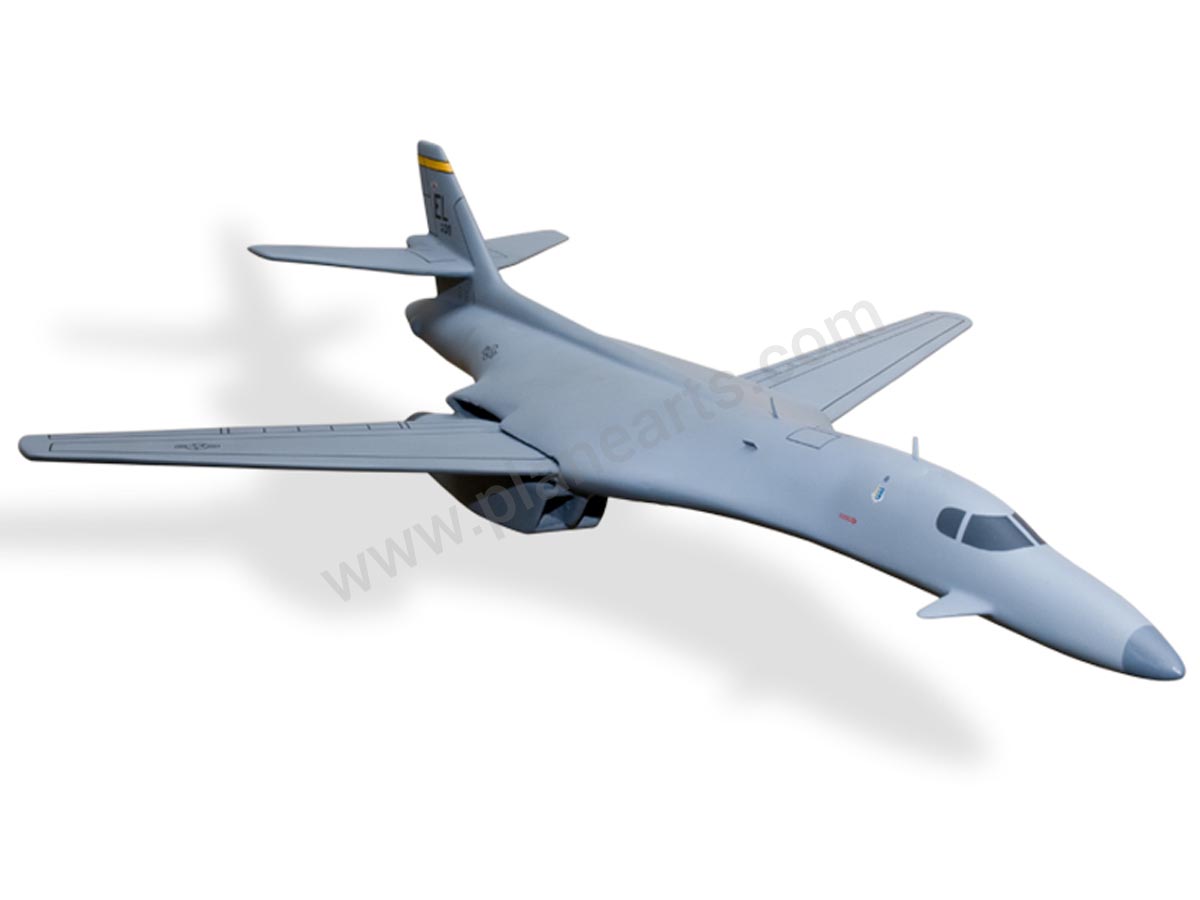
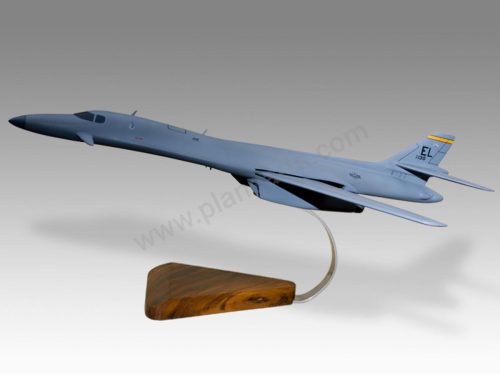
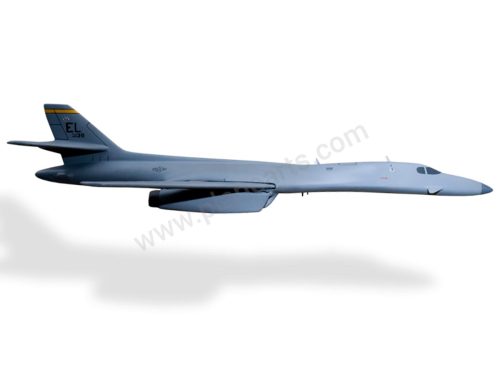
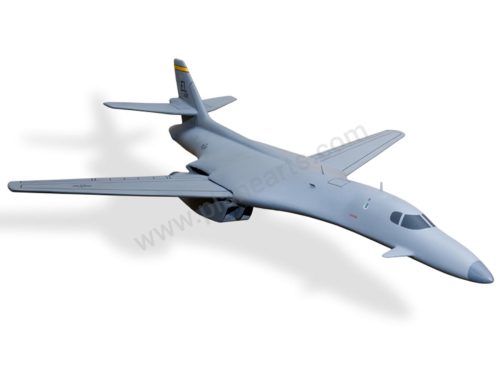

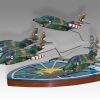


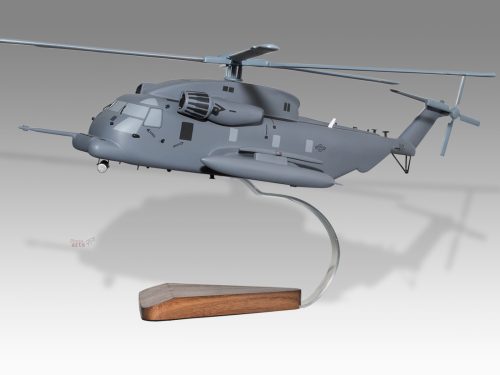

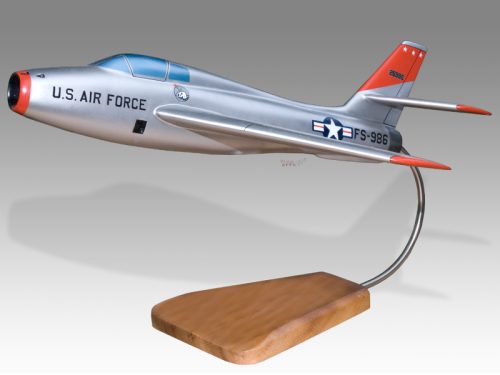
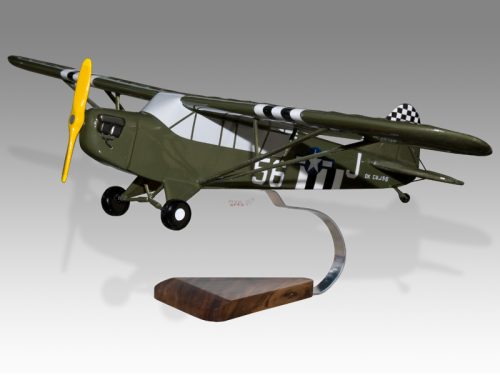

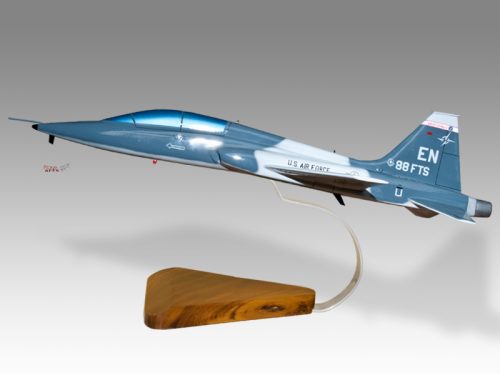
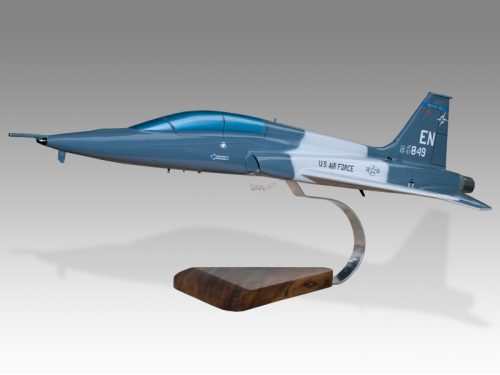
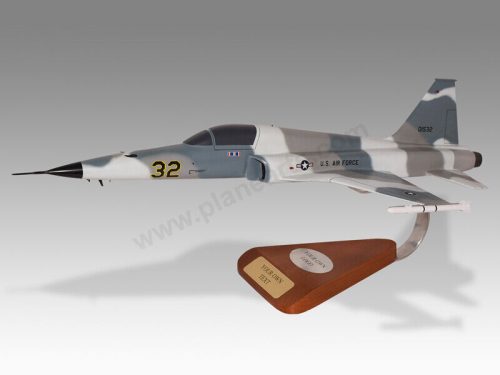
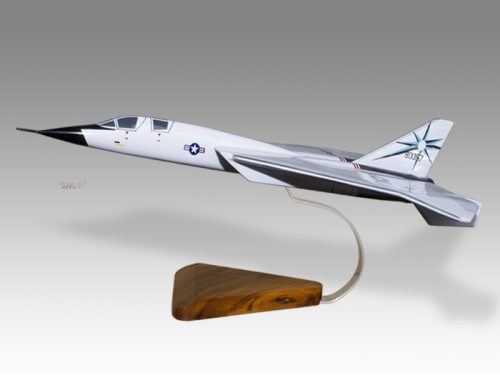
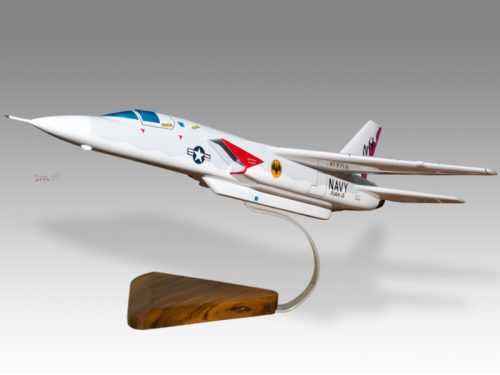
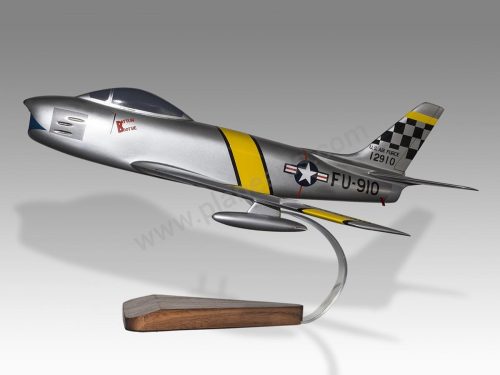

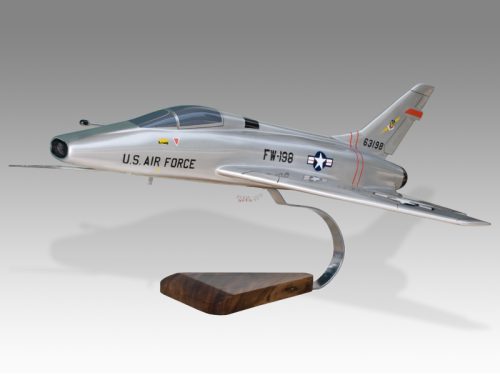
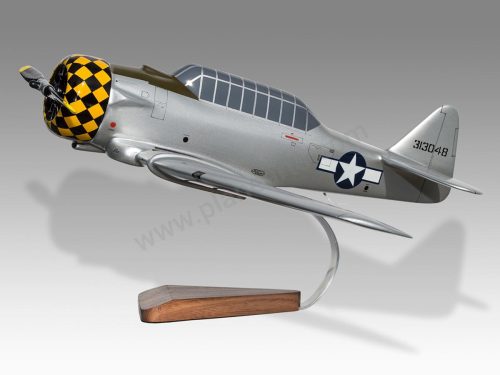


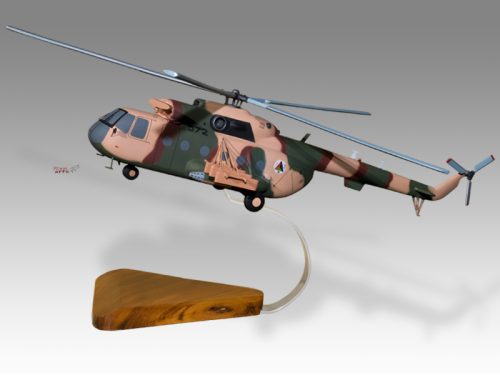
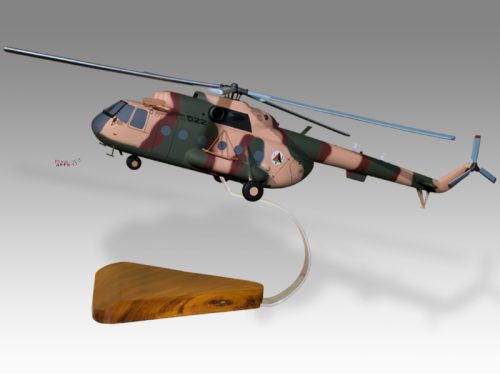

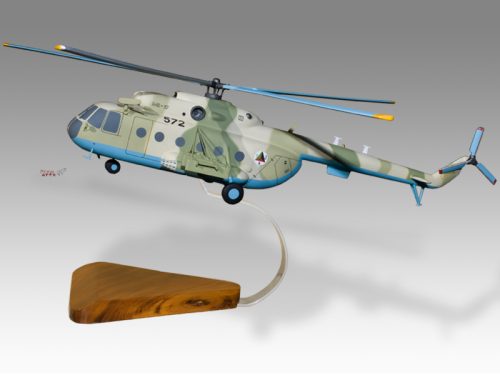
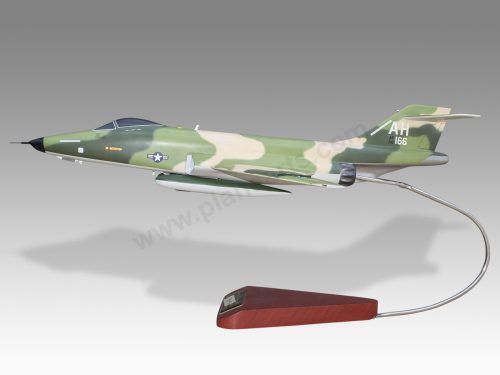

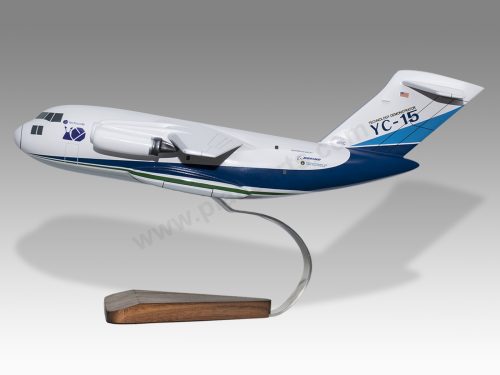

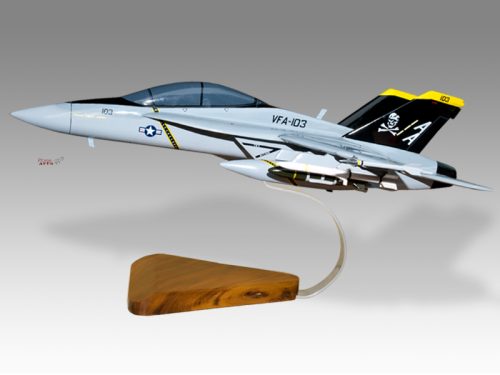


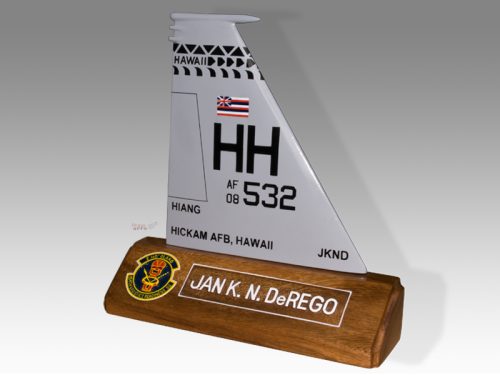
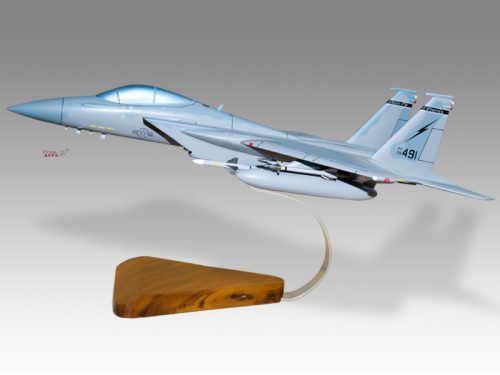

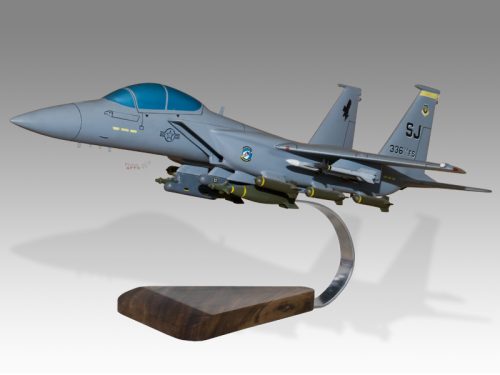
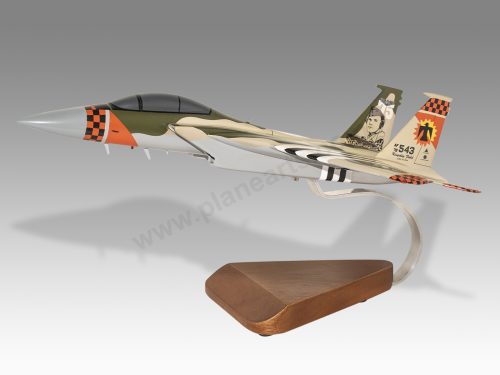

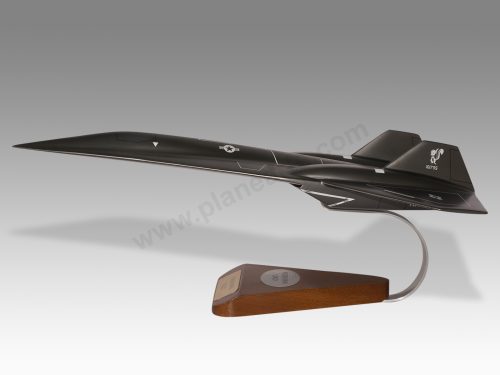
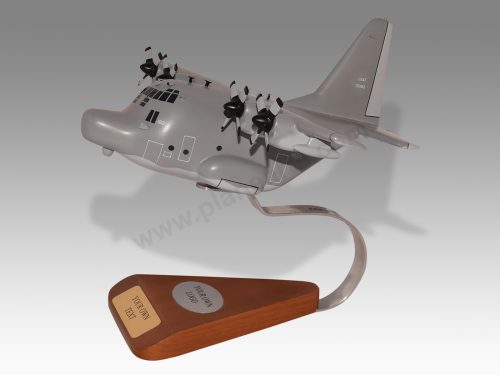
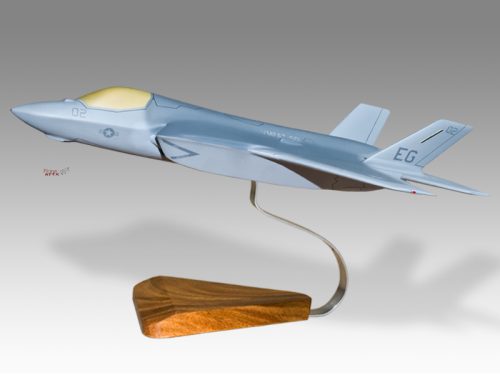
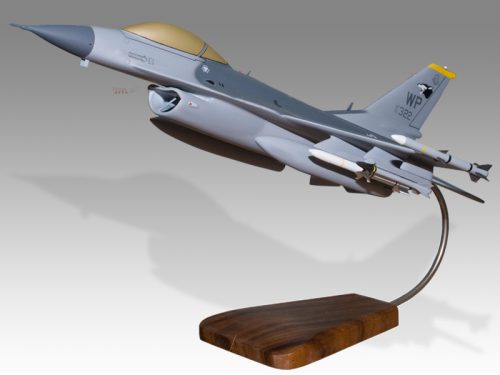
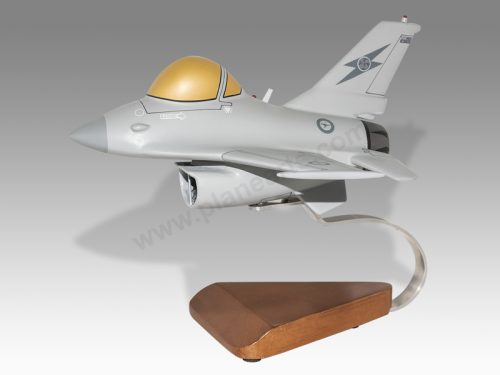
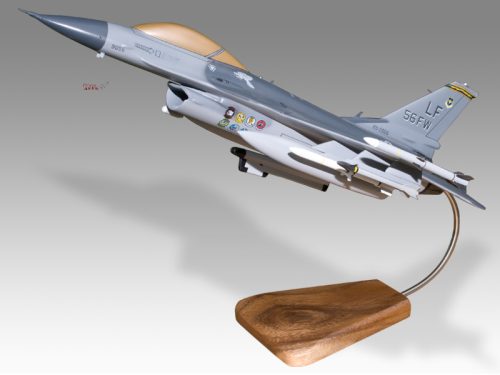
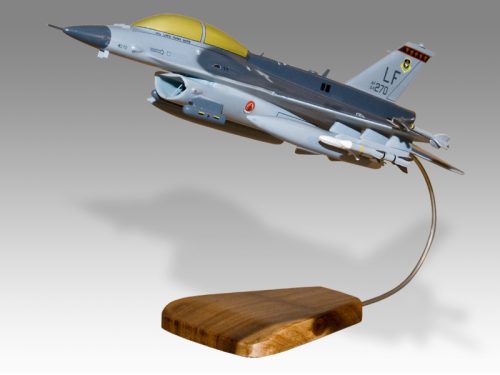

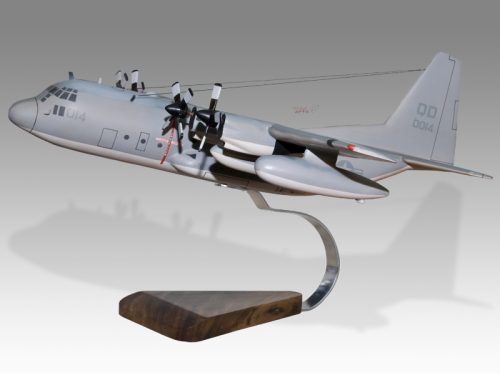
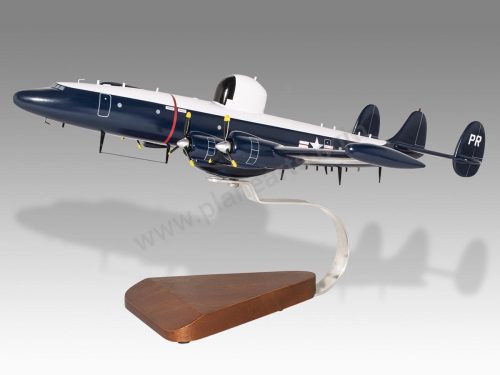

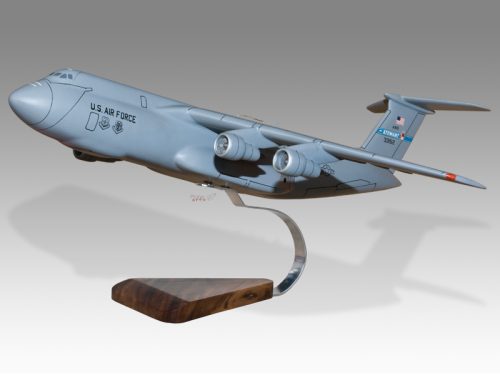
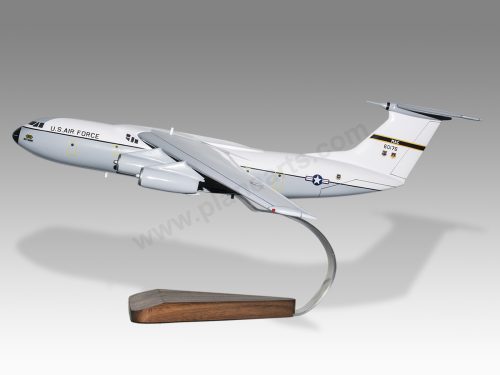
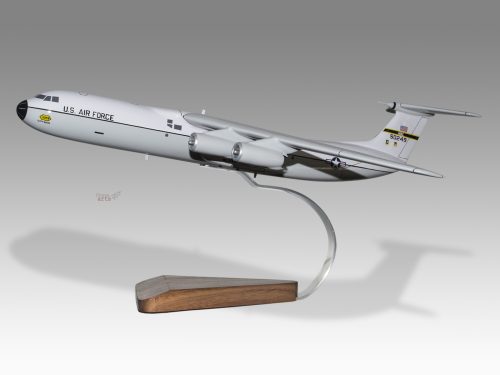
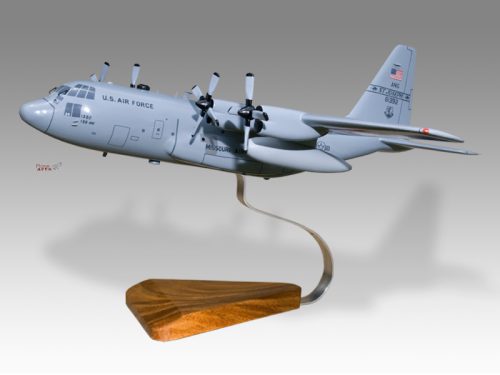
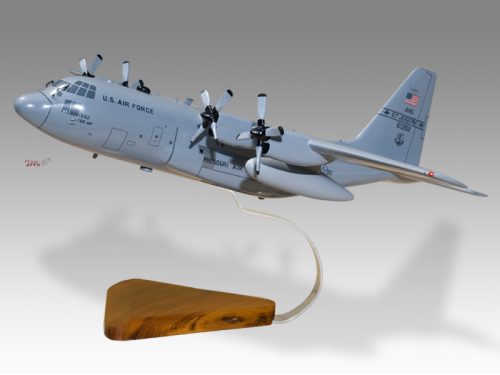
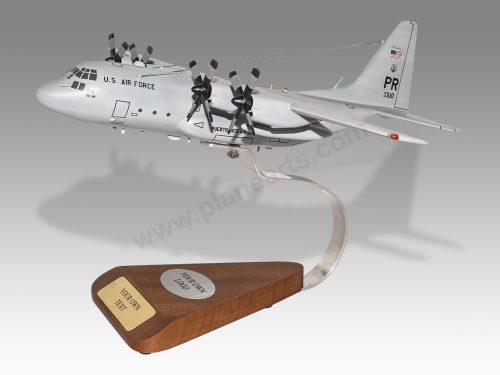
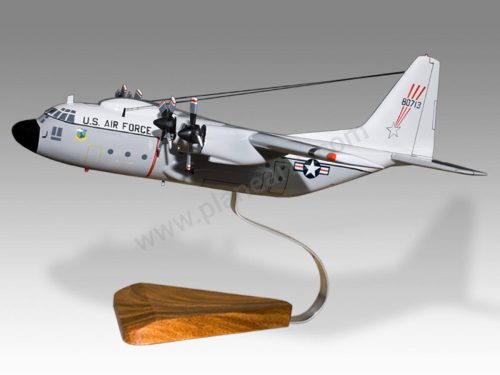
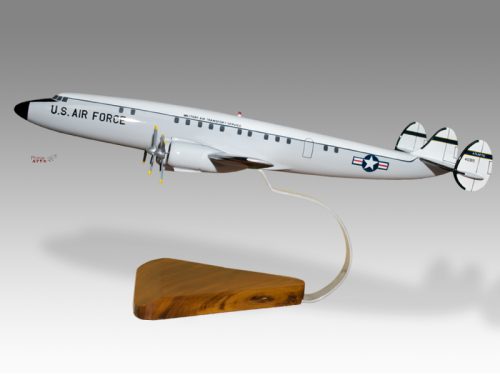
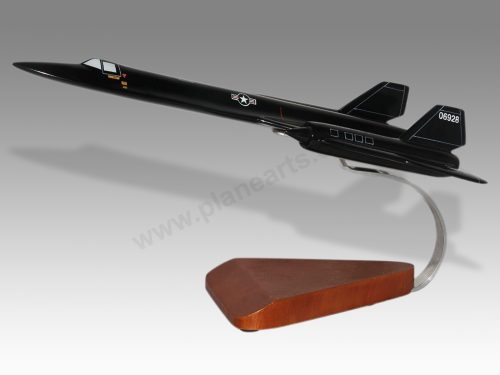



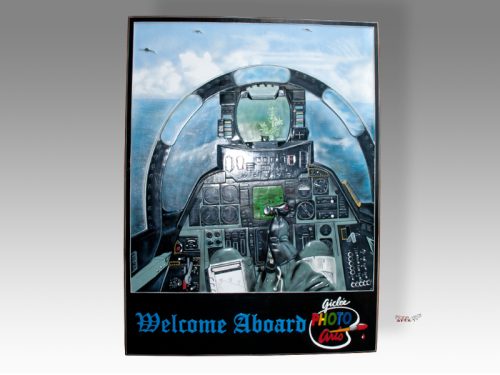
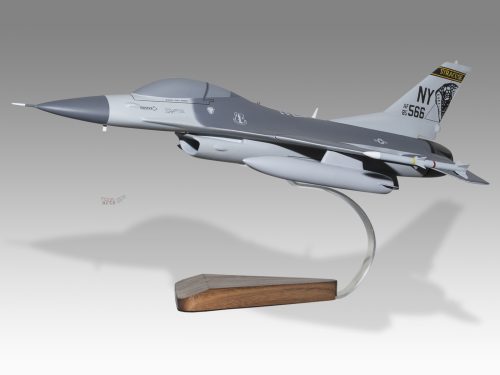

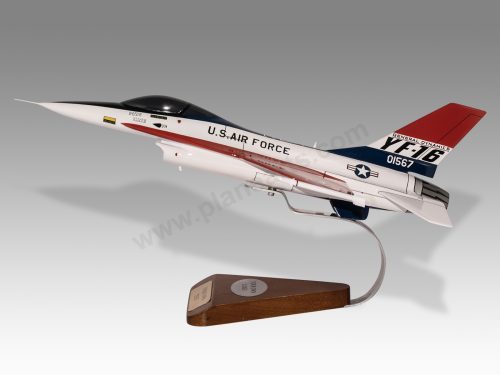

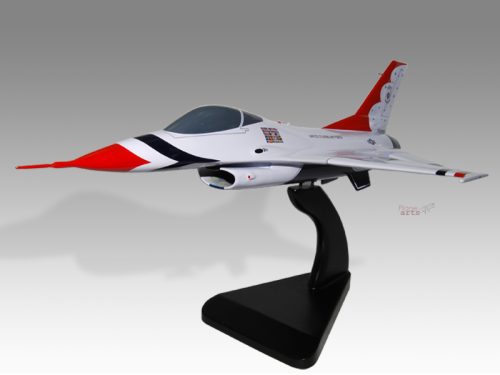


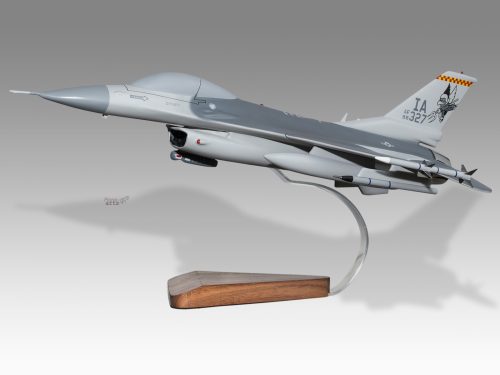
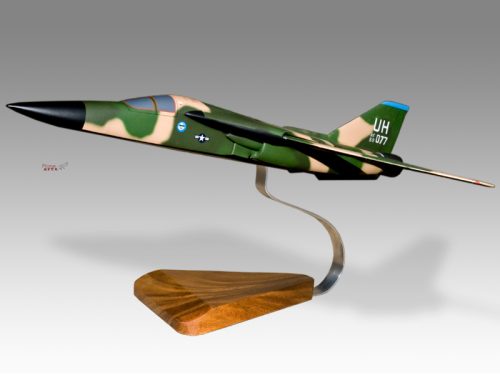
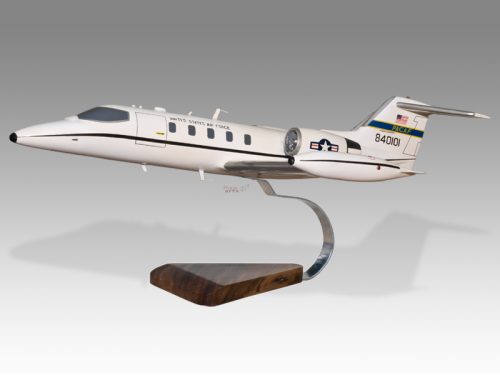
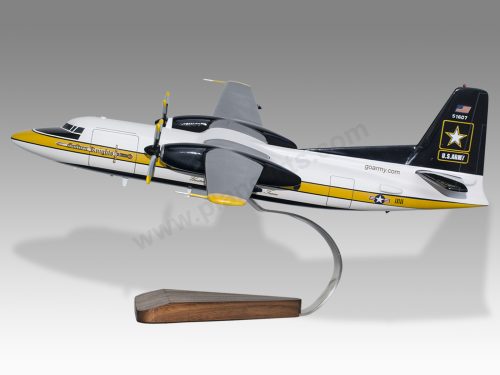

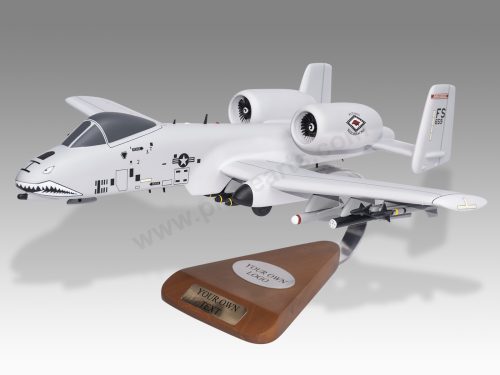
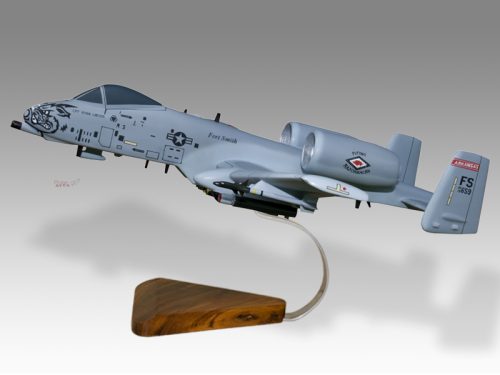

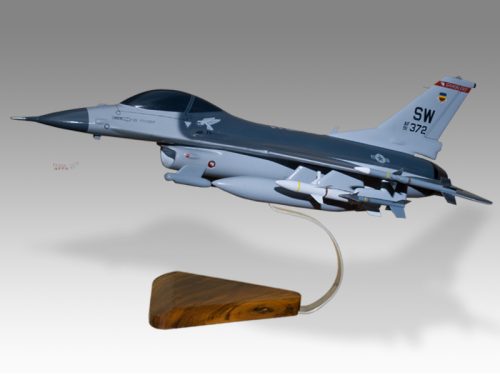
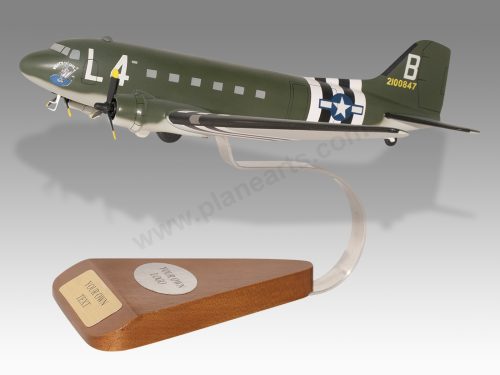

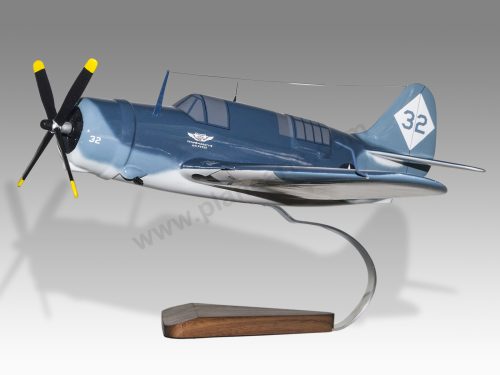










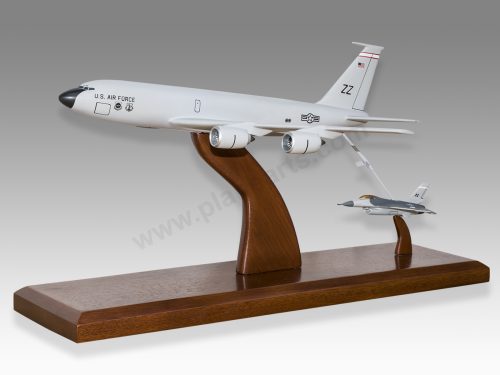
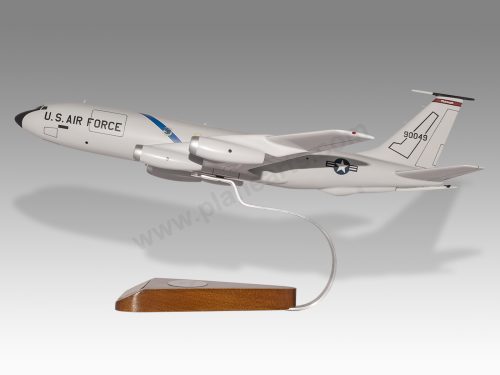
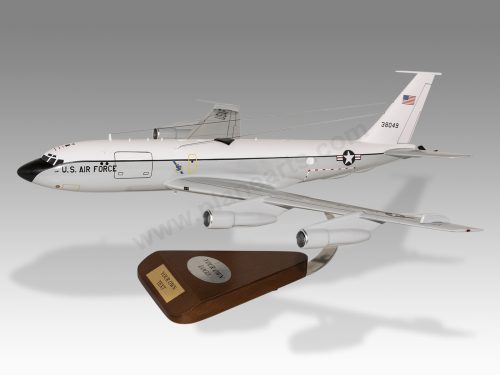

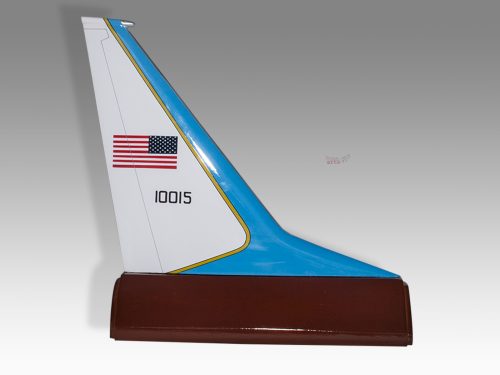
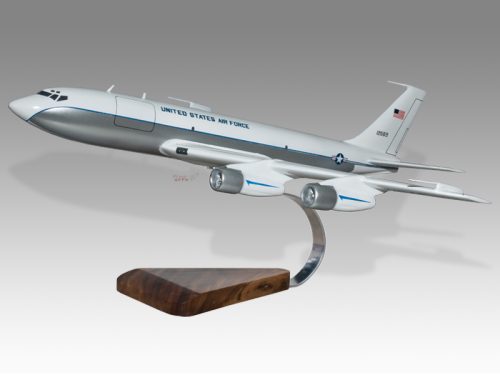
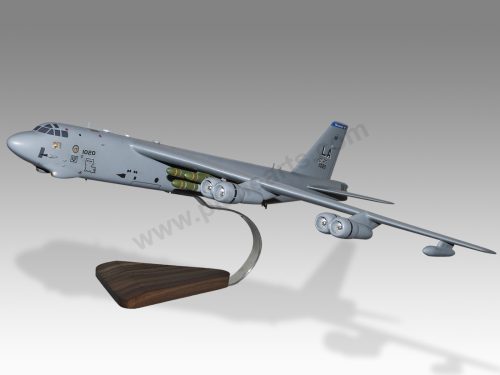

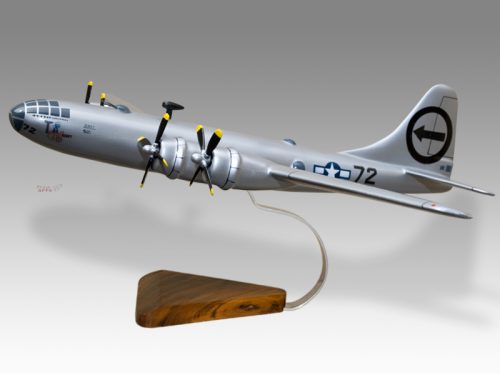
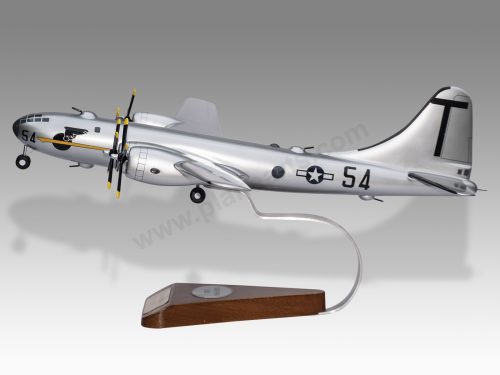
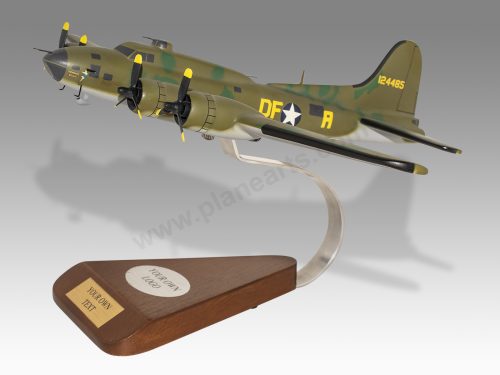
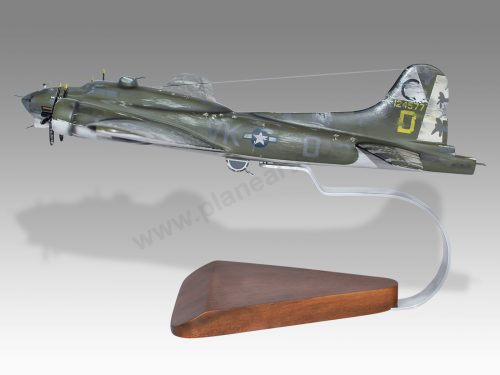

Reviews
There are no reviews yet.